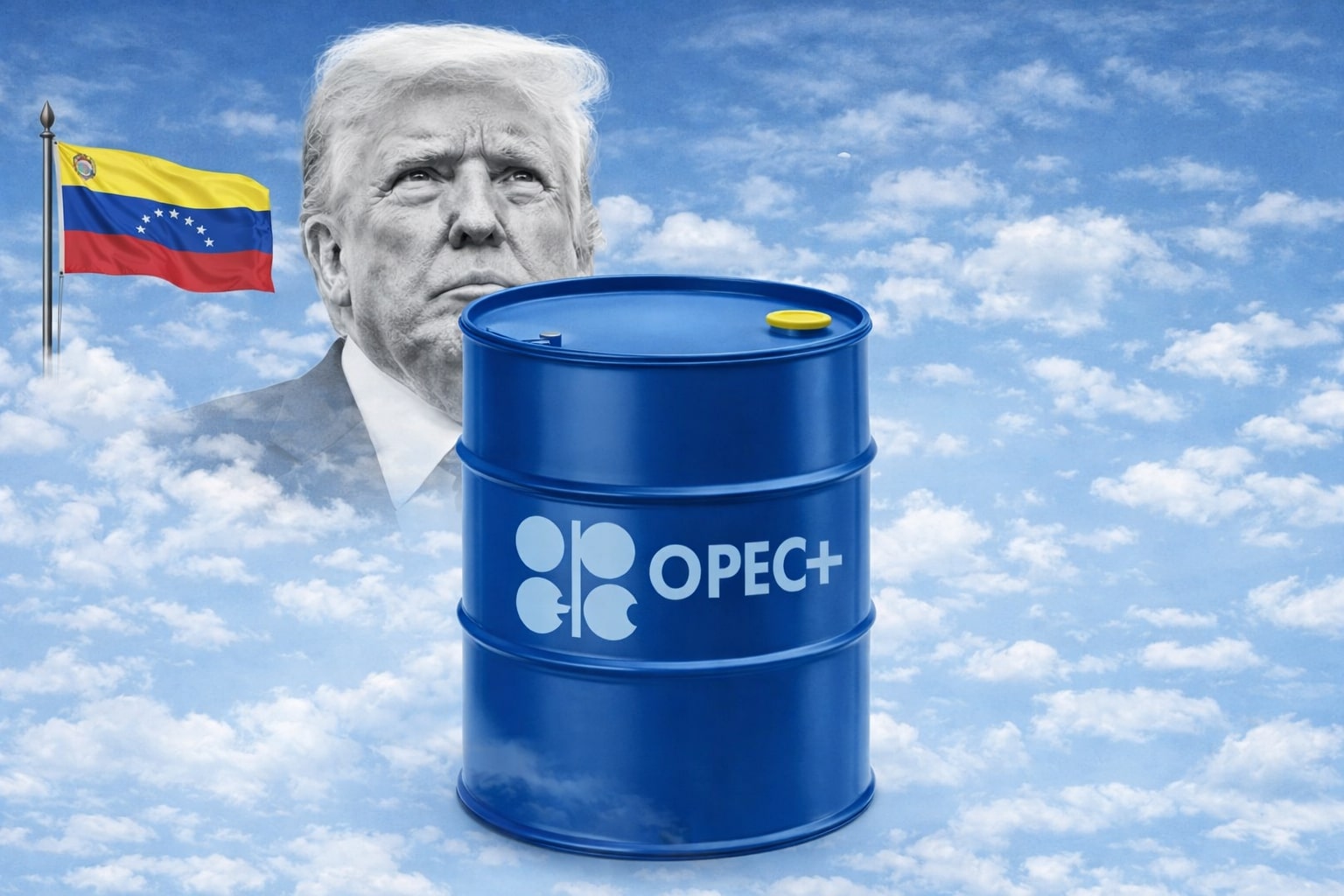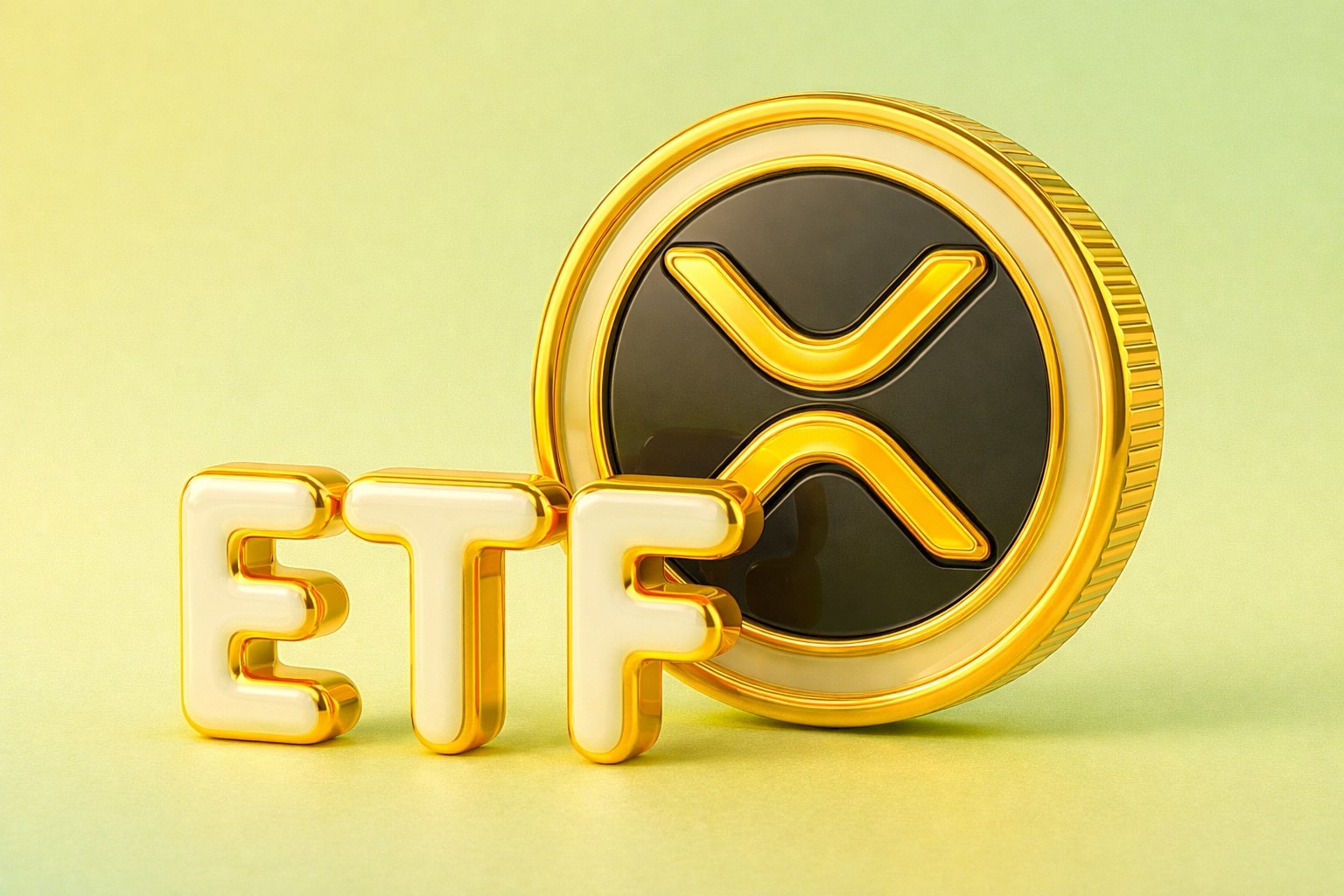
Gold Price Forecast: XAU/USD Breaks Records as Fed Uncertainty and Central Bank Demand Fuel Rally
Spot gold extends gains past $3,560 with traders eyeing $3,600–$3,900; Fed cuts, dollar weakness, and ETF inflows reinforce bullish momentum | That's TradingNEWS
Gold (XAU/USD) Pushes to Record Highs as Fed Uncertainty and Bond Market Stress Drive Safe-Haven Demand
The price of gold (XAU/USD) has broken into uncharted territory, rising above $3,560 per ounce in spot trading and climbing to $3,629.20 in futures on the COMEX. This seventh consecutive daily gain comes as traders brace for a Federal Reserve decision on September 17, with CME FedWatch assigning a 92% probability of a 25-basis-point rate cut. The bullish momentum in gold is being powered not just by expectations of easier policy, but by deepening fiscal concerns, political pressure on the Fed, and renewed global demand from central banks and private investors.
Rate Cut Bets and Dollar Weakness Create Tailwinds
Gold’s surge coincides with a dollar index that has lost more than 9% year-to-date, making dollar-priced bullion more attractive globally. Powell’s acknowledgment of employment risks has amplified rate-cut speculation, while political drama surrounding Trump’s attempt to remove Governor Lisa Cook has raised questions about the central bank’s independence. A weakening dollar alongside political uncertainty has historically been one of the strongest combinations for gold, and traders now see near-term targets of $3,600–$3,800, with projections stretching to $4,000 in early 2026.
Bond Market Volatility Intensifies Gold’s Appeal
Global bond markets are flashing stress signals, with U.S. 10-year yields at 4.22% and the 30-year at 4.91%, while European long-dated bonds have sold off aggressively. The selloff reflects fears of mounting sovereign debt burdens, a theme echoed by BMO and Deutsche Bank analysts who point to deteriorating fiscal conditions across the West. Rising yields on government paper paradoxically strengthen gold’s safe-haven case, as investors rotate out of sovereign credit and into hard assets. Gold, yielding no interest, suddenly becomes more competitive when confidence in government credit erodes.
Central Bank Accumulation Sets Structural Floor
The People’s Bank of China has been a consistent buyer of bullion, marking its ninth straight month of reserve expansion in July. Central banks across Asia and the Middle East are following suit, diversifying away from the U.S. dollar at the fastest pace in decades. World Gold Council data shows gold’s share of reserves rising sharply, as governments seek protection against currency debasement. Holdings in the SPDR Gold Trust (GLD), the world’s largest gold-backed ETF, have also risen to 977.68 tons, up 12% year-to-date, their highest level since 2022. These flows confirm that the rally is not only retail-driven but structurally supported by sovereign and institutional allocations.
Technical Momentum Signals Strength but Warns of Overheating
Gold has blasted through every technical ceiling in recent weeks. The breakout from a multi-month symmetrical triangle pattern triggered high volume and wide ticks upward. The 20-day EMA at $3,410 underpins the bullish short-term structure, while the 50-day average at $3,360 has been left far behind. The 14-day RSI near 75 suggests the market is entering overbought territory, raising the risk of a corrective pullback. Still, corrections at these levels are typically shallow in powerful bull markets, with investors eyeing $3,600 as the next psychological hurdle before advancing toward $3,879.
Forecasts Point Toward $5,000 in 2026
The deVere Group projects gold could hit $5,000 per ounce by Q1 2026, driven by a perfect storm of falling real yields, sustained inflation, and heavy government borrowing. CEO Nigel Green emphasizes that each new record high resets investor psychology: levels once seen as tops are quickly converted into new floors. With global supply growth stagnating—mining discoveries have slowed and environmental costs are curbing production—the supply-demand imbalance creates a long-term bullish setup. Private investors, sovereign mints, ETFs, and central banks all add layers of demand at a time when new ounces are increasingly difficult to bring to market.
Read More
-
DGRO ETF Price: Is DGRO at $69.17 Still the Better Dividend-Growth Bet?
17.12.2025 · TradingNEWS ArchiveStocks
-
XRP Price Stuck Below $2 As XRPI at $10.74 and XRPR at $15.26 Ride $1B+ ETF Inflows
17.12.2025 · TradingNEWS ArchiveCrypto
-
Natural Gas Price Forecast - NG=F Steady Near $4 as TTF Jumps on Colder Forecasts and LNG Outage Risk
17.12.2025 · TradingNEWS ArchiveCommodities
-
USD/JPY Price Forecast: USDJPY=X 155.50 Pivot Before BoJ Hike and US CPI
17.12.2025 · TradingNEWS ArchiveForex
Trade Risks and Political Drama Reinforce Gold’s Safe-Haven Role
Trade policy disputes under the Trump administration continue to inject volatility. The fast-tracking of a Supreme Court review on tariffs, despite appellate rulings, has reignited legal and political battles that investors view as destabilizing for the U.S. economy. Geopolitical risks in Eastern Europe and the Middle East add further safe-haven demand, creating additional justification for allocations to gold. Analysts now broadly expect a near-term trading band between $3,600 and $3,900, with a medium-term glide path toward $4,000 if policy instability persists.
Gold’s Position in Investor Portfolios
ETFs and institutional strategies are reshaping allocations. Goldman Sachs and JPMorgan note that gold’s performance—up over 34% year-to-date—has already outpaced most equity benchmarks, placing it among the best-performing global assets. Silver has tracked closely, breaking above $40 for the first time since 2011. ETF inflows, sovereign accumulation, and retail coin sales together reflect a deepening conviction that gold is no longer a peripheral hedge but a core holding in both institutional and private portfolios.



















